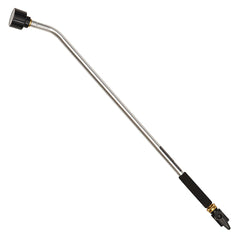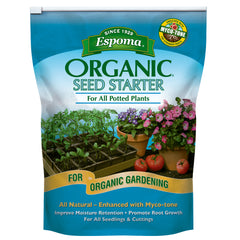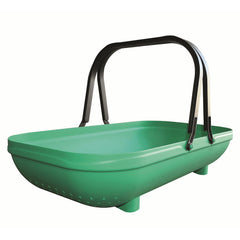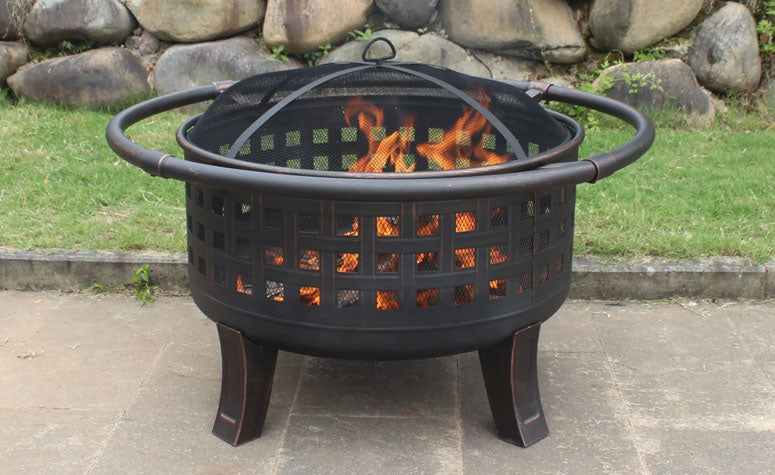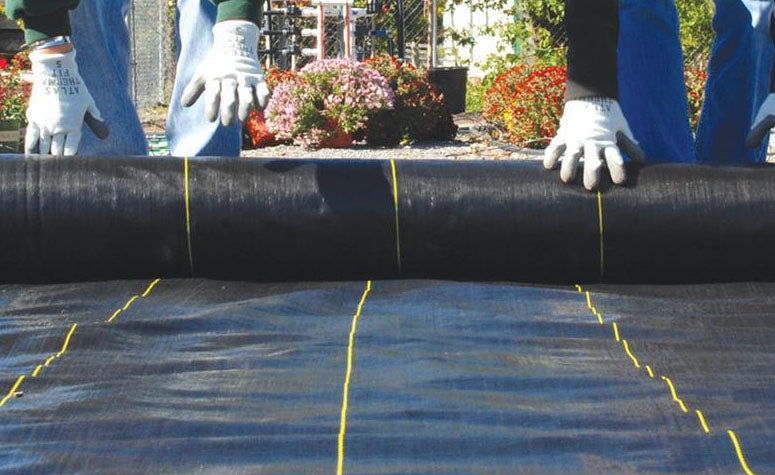As long as you get the details right, green peas will blossom without much hands-on care. The big things are sun, moisture and support. Green peas do best with 8-10 hours of direct sun a day, though you can get away with less in warmer areas. Temperatures of 60-70 degrees are optimal; most varieties stop growing when the thermometer exceeds 85 degrees. Water them enough to keep the well-draining soil moist. Vining peas need a trellis to climb whereas bush peas will do fine without. Check which variety you have before planting.
The most dangerous insects are aphids, pea weevils and cutworms. Watch for signs and use insecticides or companion plants. If your peas appear to have a fungal disease like powdery mildew, destroy the affected plant(s) to keep it from spreading.









